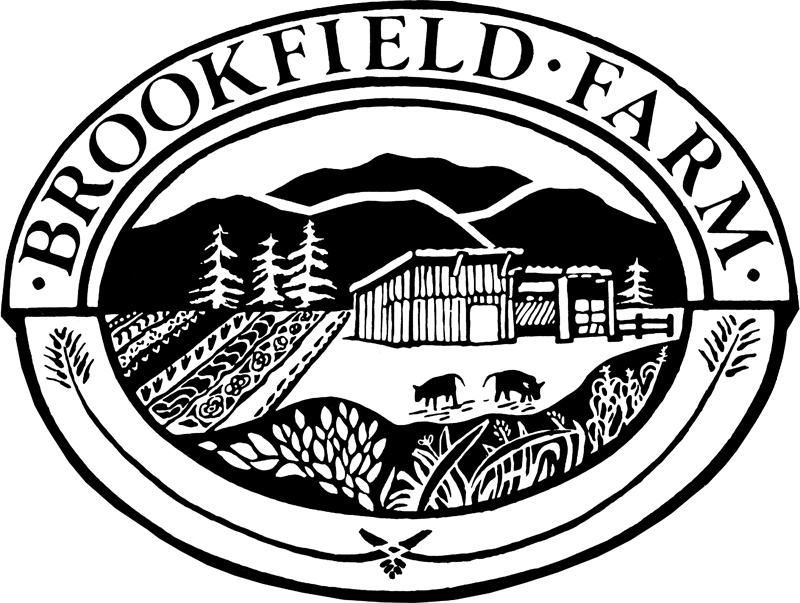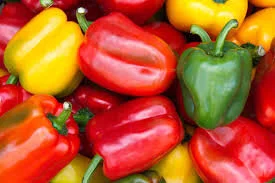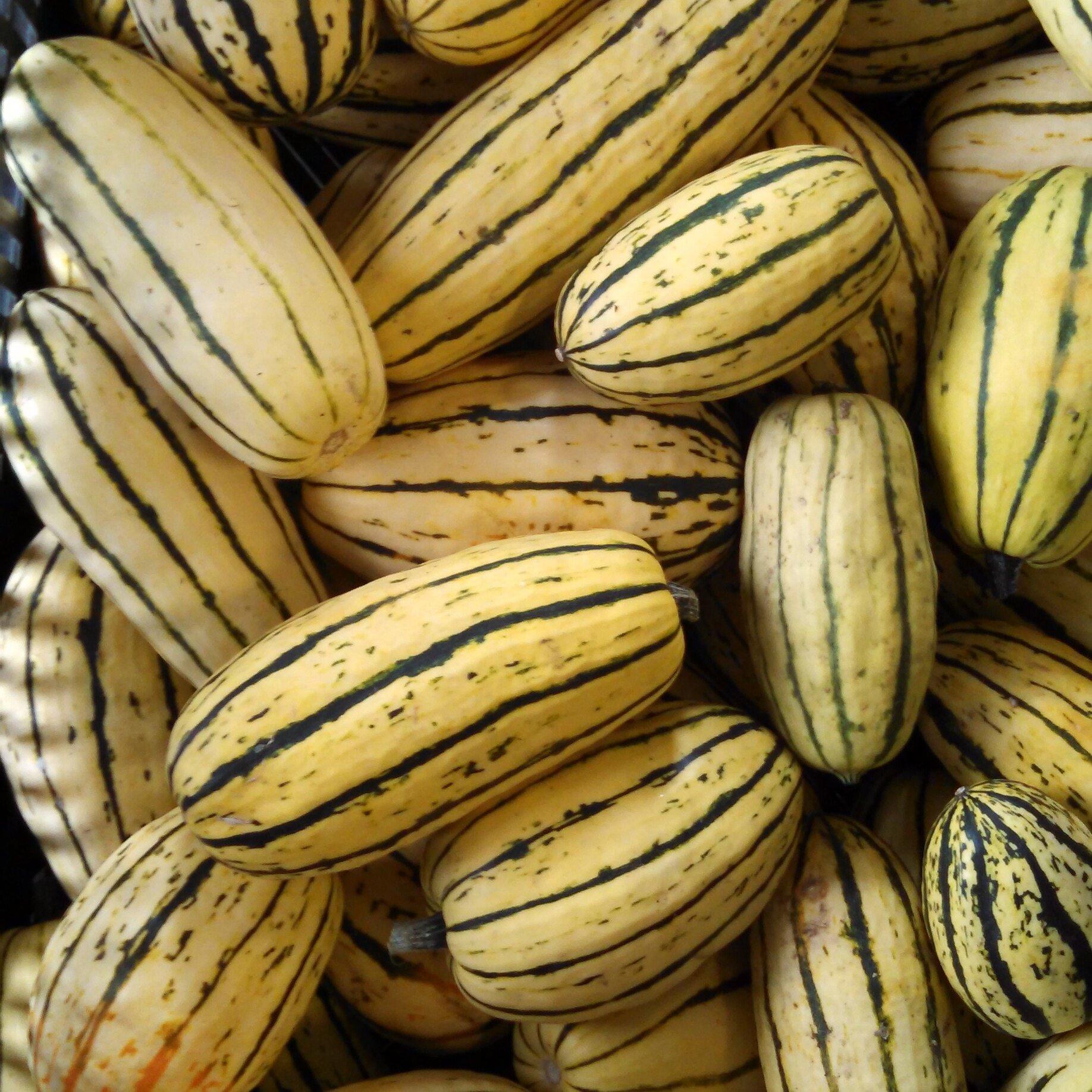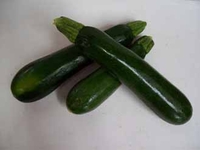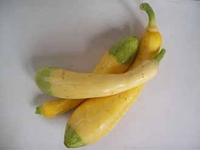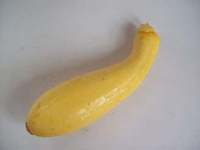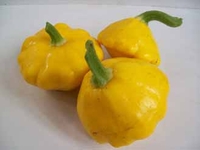Peppers, Sweet
/Shishito PEppers
Italia Peppers
Sweet Peppers (Capsicum annuum)
Red, yellow, purple, orange, green, and black. Pimento, cubanelle, bell, banana, and mango. Peppers come in so many shapes and sizes that it's hard to keep track of them all. And, did you know-that all bell peppers are green at first, and we often pick and enjoy these "unripe" fruit. If left on their plants, peppers ripen into their different colors. Though sweet peppers originally hailed from the Americas, they are very important exports of the Netherlands and Hungary as well. Sweet peppers are a good source of vitamin C, and those that turn red are also high in beta carotene.
Storage Tips:
Refrigerate peppers in hydrator drawer unwashed for 1-2 weeks
Freezing sweet peppers is as easy as cleaning them, dicing them, and putting them in the freezer.
